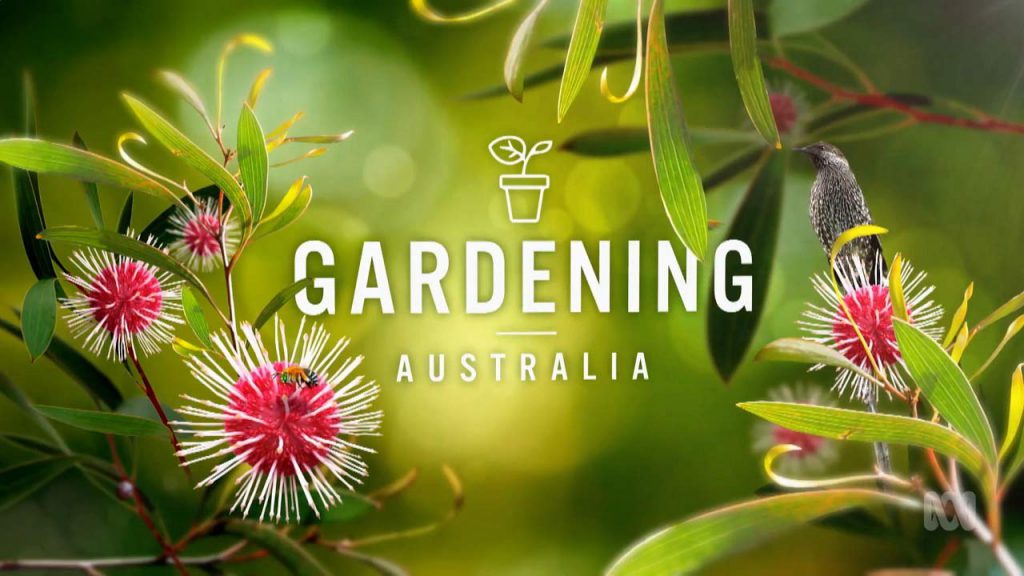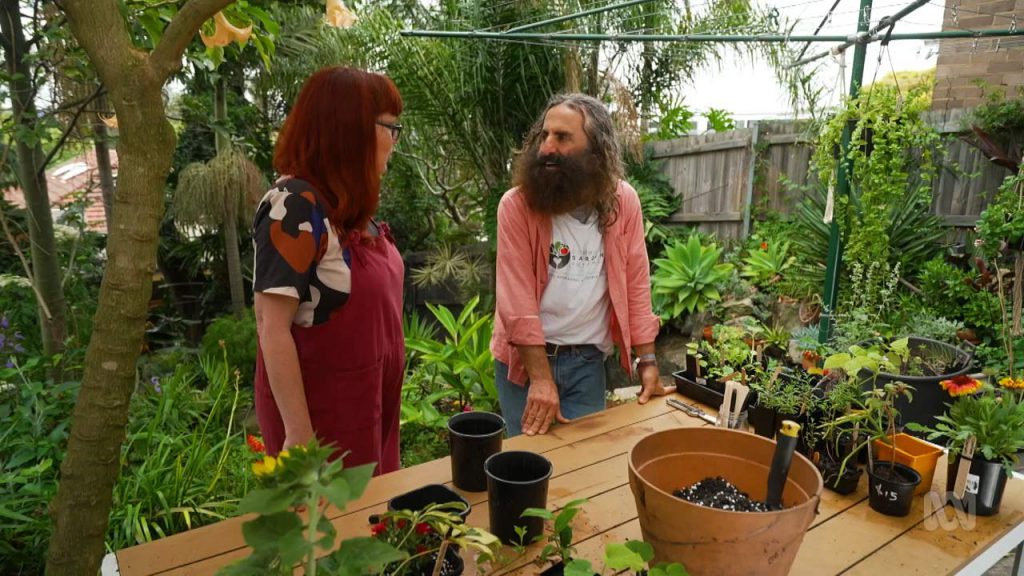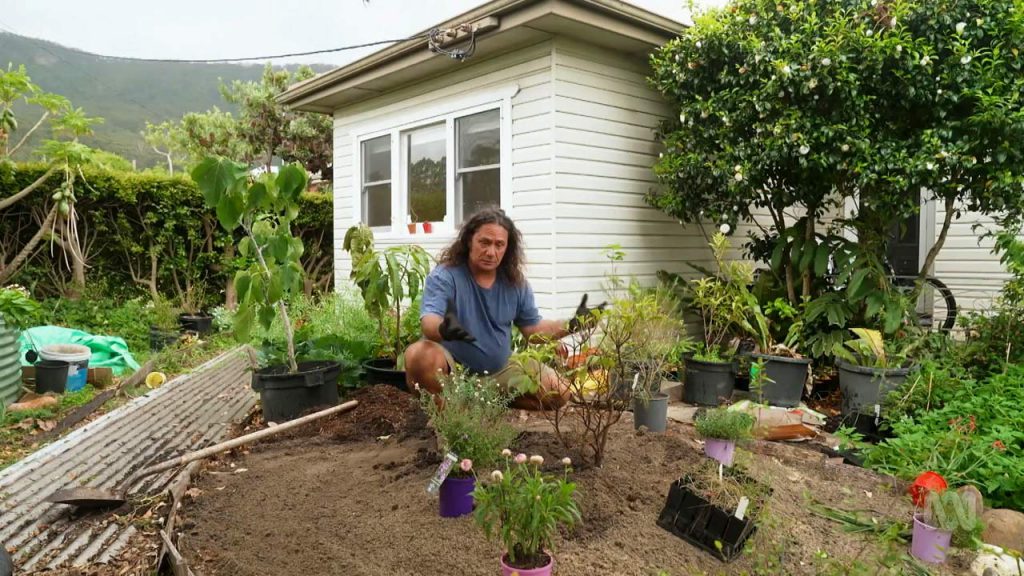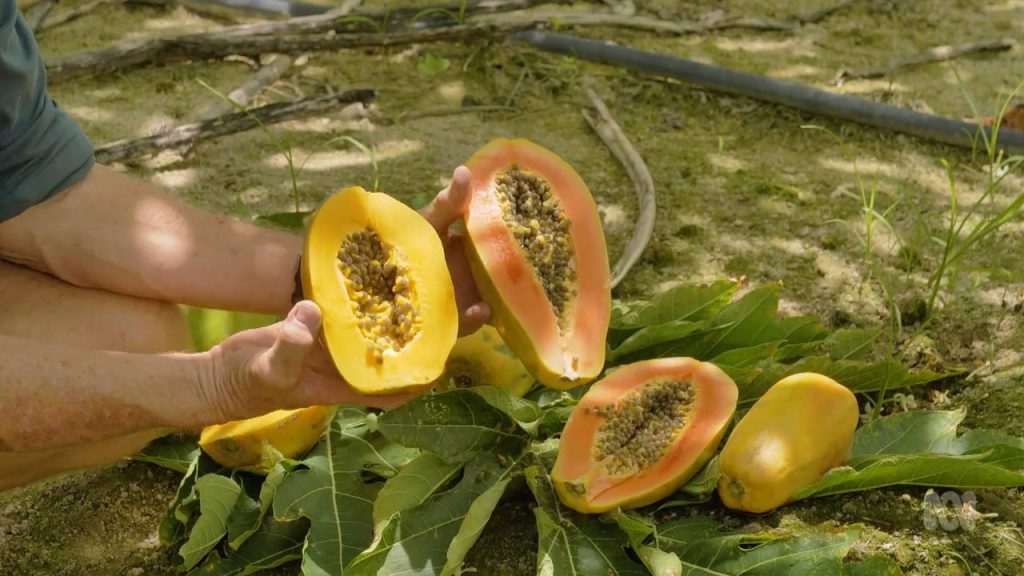Gardening Australia episode 26 2022: Costa learns about weed labelling; Clarence repairs garden flood-damage; Josh shares tips to grow premium produce; Sophie focuses on fruit fly; Tammy shows how to construct a terrarium; we meet a passionate suburban grower.
Inspiring, entertaining and full of practical advice, join Costa Georgiadis and the team as they unearth gardening ideas, meet avid gardeners and look at some of the most inspiring gardens from across the country.
Gardening Australia episode 26 2022
Do the Right Thing
Costa hits a wholesale nursery to learn about a new accreditation scheme, taking the guess work out of choosing non-invasive garden plants. Over 70% of all Australia’s registered weeds, started as home garden plants. While many weed incursions are historic, like lantana, blackberry, and privet, around 12 new plant naturalisations are registered each year.
Weeds are estimated to cost the economy on average $5 billion each year. But more importantly they invade and degrade our precious natural landscapes, putting our already threatened native plants and animals under even more pressure. It is estimated that around 1000 plants and animals are directly threatened by invasive weeds.
A new Gardening Responsibly and Plant Sure Accreditation scheme is being trialled in NSW, empowering home gardeners to easily identify non-invasive choices. Individual plant species and varieties are assessed for their weed potential, and those that present a low-risk to the natural environment are given the green-tick of approval. Aimee Freimanis is the program manager and hopes that it will help to empower nursery growers and gardeners to make better plant choices.
Flood Fix Ups
Devastating floods have had profound impact on much of Australia’s eastern seaboard. Once the waters receded, and the immediate damage was cleared, many gardeners were faced with the difficult task of deciding where to begin when piecing their cherished gardens back together. It may seem trivial at first, but the sense of normalcy gardening can offer is often invaluable.
Clarence experienced a flood at his place in early 2022, leaving his garden under more than a metre of water. He’s going to show us how it impacted his garden, what worked and what didn’t, and some tips on getting things going again once you’re ready to start gardening again.
After a flood, it’s important to consider your own safety before you start to triage your garden-the danger doesn’t end when the waters recede. Floods are dangerous events, and can contain and conceal dangerous chemicals, sewerage or live electricity. Never swim or wade into flood waters.
Housing Plants
Tammy makes a stunning terrarium with indoor plants and repurposed glassware. If you’re overwhelmed by starting an indoor foliage collection or don’t have enough space outdoors, creating a mini garden in a glass container is a great way to bring greenery to any room, or even your office desk!
A terrarium is a mini ecosystem in a glass container without drainage holes. They are traditionally sealed to create a humid, moist environment that runs itself – moisture from leaf transpiration condenses and runs back into the soil creating a self-supporting cycle. You can also make an open terrarium for plants that prefer a cooler or drier environment.
Succulents are often seen in terrariums as well – this is possible but requires a lot more care and planning as they prefer low moisture and humidity. They need well-draining soil that stays on the dry side, a container with a wide opening for plenty of airflow, and don’t water them with a spray bottle. Never plant succulents with humid loving plants like ferns or mosses – their requirements are so different that one of them won’t survive.




